Insights from Luana Moura Busquets
The following insights are from Luana Moura Busquets, a designer for the Zalando payments area, which concerns checkout, refunds, invoicing, legal, banking details and even fraud. Each month, Zalando processes approximately ten million orders through more than ten different payment channels.
Luana's challenge is to figure out the simplest, safest and most trustworthy payment methods for many different customers, while balancing their needs with the current business objectives. To achieve this, it’s important for designers and product owners to understand that the success of our products heavily relies on having a deep understanding of cultural aspects in each country. For example, invoicing still remains the most preferred payment method in Germany, Austria, Switzerland, the Nordics and the Benelux, whereas in Poland, Italy and Spain, customers prefer cash on delivery, and for UK and France it’s card payments. As she said, “For each culture, paying means something distinct, and it’s important to understand this.”
Luana built an experience prototype that would help her product development department understand why certain payment methods are preferred in certain countries and tested it in different markets.
In combination with existing analytic data, observations and card sorting, Luana’s team conducted qualitative research with nine in-home interviews with a variety of participants. She says this experience of being “actually in someone’s home” was the most eyeopening for her team.
Luana stated that, “What we really understood that day was that a seamless experience for our customers is more about the cultural understanding of what ‘seamless’ means for them than designing the shortest and most convenient payment process.”
Luana’s advice for anyone else building prototypes:
- Involve key stakeholders early in experience prototyping and testing with real users, ideally in context. As she said, “It was easier for the product owner to understand and communicate with the management board, because he was part of the discovery phase as well.”
- If you carry out in-home interviews, make sure you can speak the user’s language. Don’t use jargon – use simple and translatable language. Bring a translator along if needed, and even better, bring designers or researchers who are native speakers.



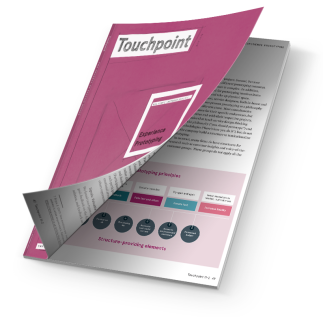
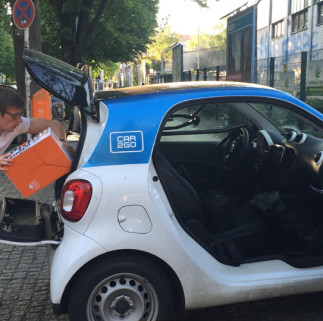
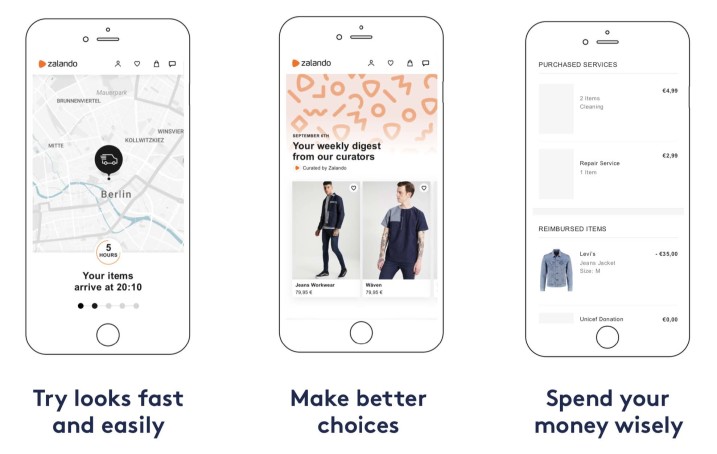

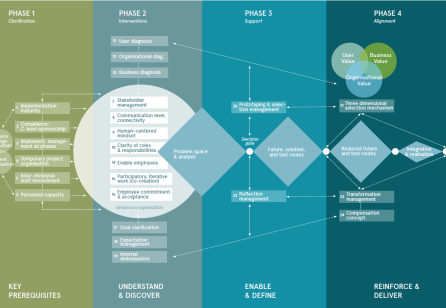
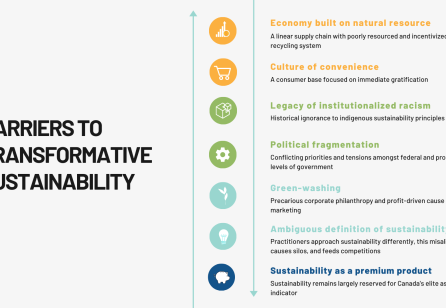
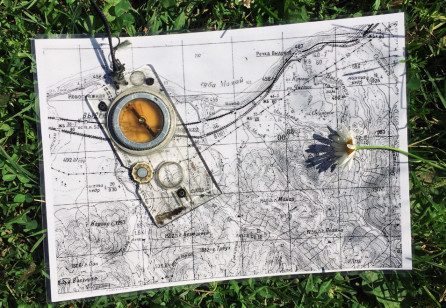

Share your thoughts
0 RepliesPlease login to comment